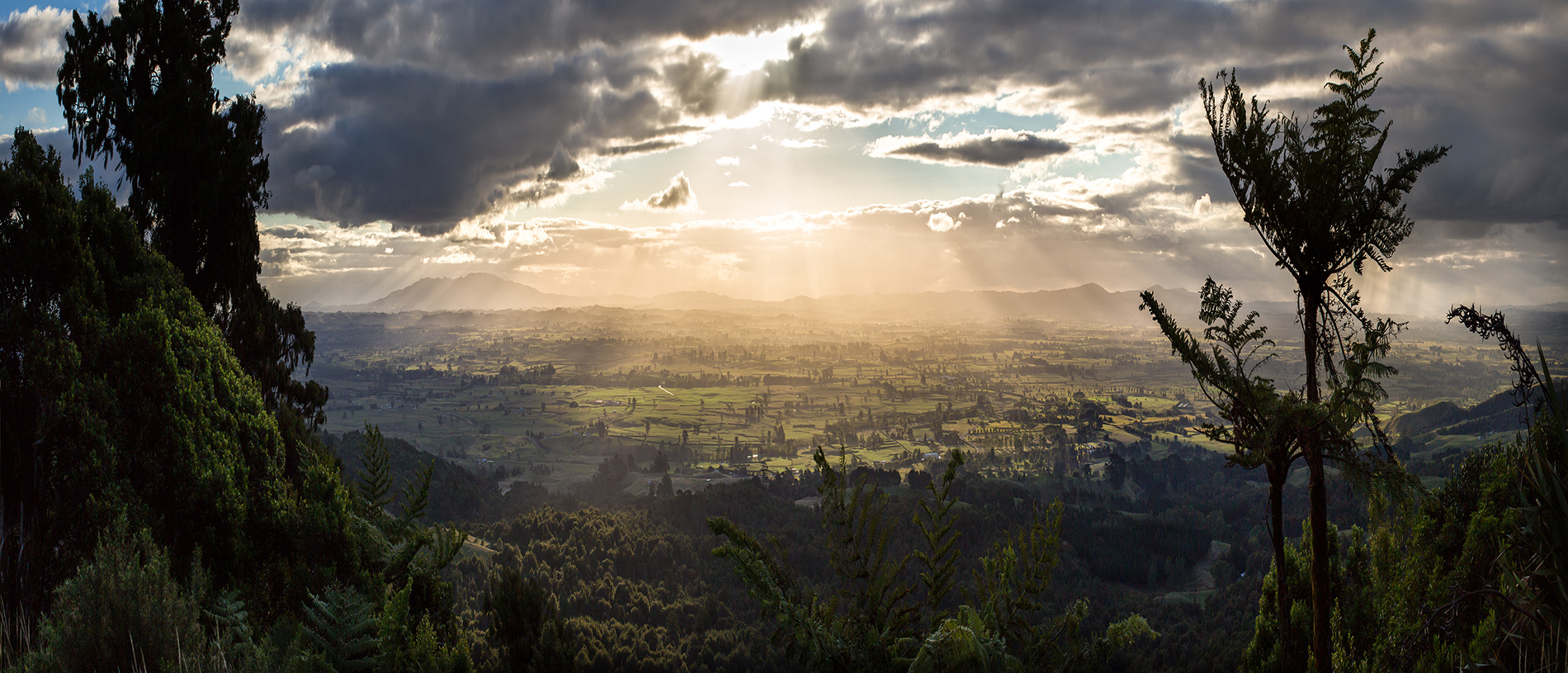
Port Waikato: where river meets sea
Those unfamiliar with New Zealand geography are often surprised to find the Waikato River, which they first met at Taupō, cropping up again and again as they drive north.

Of all the names for the area that contains our country’s biggest river, I like The Mighty Waikato best.
Driving down into the guts of it from the Kaimāī ranges, you get a good look at the land as it flexes its muscles. Everything about the place is life-giving. This rolling expanse of countryside coloured green so bright it’s worth putting up with what sometimes feels like infinite rain.
Just how moving the Waikato is to look at might be explained best by the fact that it makes the same impression every time. I have come home to it my whole life and never once have I descended down the winding Kaimāī roads without a quickening of the heartbeat caused by this strong land that looks somehow, gentle.
Another way to describe this scenery is that it looks like something out of a Lord of the Rings movie, a kind of wonderland, a picture-perfect Middle Earth. And indeed, to the delight of locals and many an international tourist, Peter Jackson decided after flying over the area that this would be the home for Hobbiton in the Lord of the Rings trilogy. Over 800,000 people have visited the movie set in Matamata since it became open to the public in 2002.
It’s about a 15-minute drive from the bottom of the Kaimāī Ranges to Matamata, a classic sleepy Waikato town that has been shaken up somewhat since the arrival of Hobbiton. Matamata is like a down-to-earth Lotto winner that holds onto its roots despite all the fanfare. But Hobbiton has become part of the fabric of the place – so embedded into Matamata culture are Frodo et al that it’s hard to imagine the town before building started on the movie set and its 37 Hobbit Holes in 1999. The town’s welcome sign proudly announces Welcome to Hobbiton and even the visitor centre has adopted a LOTR theme.
The Matamata/Piako district is known for its thoroughbred and farming industries, and Matamata is an agreeable place with a somewhat aristocratic “horsey town” feel. Its location in the heartland means the surrounding beauty makes even rainy days bearable.
Just 10 minutes drive up the road from Matamata, heading back towards the Kaimāī Ranges, is Wairere Falls, one of the tallest waterfalls in the North Island and easily the most elegant. The Falls plunge 153 metres over the Kaimāī escarpment in two steps and though they can be glimpsed from the road, it’s worth the 90-minute round-trip walk through native bush to stand before them. Add another 90 minutes to the trip and you can walk to the top of them and look out over the Waikato Plains.
An absolute must-do in this part of the Waikato is Te Aroha, a small town in the centre of Waikato dairy farming community that is overseen by a stately mountain with the same name. Translated loosely as 'a place of love' there is so much to love about Te Aroha. Its mountain – the highest point in the Kaimāī Range – is like a giant, brilliant shadow looming over the town and everything appears smaller thanks to its magnitude. It is an excellent mountain to climb (it takes about three hours to walk to the summit) and there are mountain bike tracks around the base.
If that’s not your thing, it’s just as wonderful to appreciate the 952-metre mountain from the town centre as it stands proudly and in close proximity to the small community and the main street. Te Aroha has about 4000 residents and that friendly vibe of everyone-knows-everyone, but it is also a popular weekend destination with out of towners. I have happily seen ladies having morning tea in their furs, farmers in their gumboots and everything in between on visits to Te Aroha and it’s easy to find great places to sit, eat and people watch. If you’re staying for an overnight, try Ironique for a classic Kiwi steak dinner – you are in the heart of farming country after all.
After a day’s hiking, people-watching, eating and wandering through the secondhand shops on the main drag, head to the Edwardian domain where a foot pool is free for public use, sourcing hot soda water from the town’s geothermal activity that has attracted visitors for over a century.